We will not accidently build postive wellness habits and good self-regulation skills, and neither will our students. These skills need to be modeled, encouraged and practiced with intention. The following post and Numbers table will help you identify many of the challenges students face, recommend a free Apple app or setting to assist in solving the challenge, and offer a vision of the desired outcome to improve wellness and increase self-regulation.
Self-regulation is a significant challenge for students, impacting their academic performance and well-being. Research from 2010 to 2020 highlights the strong association between students' self-regulation, well-being, and school engagement, with interventions showing positive effects on academic achievement by buildin self-regulation skills (MDPI). Our devices have the tools to help already baked in, but so few know of them or put them to use.
As an educator, parent, and lifelong learner, I often find myself struggling to maintain emotional wellness and practice self-regulation with both my devices and work. I also see students, at every age, struggling to build these important skills.
Self-regulation is one our greatest challenges and one of most important responsibilites. Good news! Apple has developed some incredible free apps and settings that we can utilize with just a couple of clicks to practice these skills and in increase achievement and wellness. Apple's devices come equipped with a multitude of built-in tools designed to help us improve our emotional wellness and self-regulation habits.
The Importance of Self-Regulation and Emotional Skills
Building foundational skills in self-regulation and emotional awareness is critical for both academic success and personal development. These skills don't just appear overnight. It requires intentional practice and the right tools to guide the way.
Personalized Apple Tools for Enhancing Emotional Wellness and Self-Regulation
Let's explore how you can harness these tools to build essential skills in emotional regulation and self-management, fostering a healthier relationship with technology and daily living. some key tools available on Apple devices that can help students and adults alike enhance their emotional skills and self-regulation, and check the table below for even more:
1. Screen Time
A high school student struggling with time management and feeling overwhelmed with assignments can use Screen Time to monitor and limit the time spent on distracting apps. By setting app limits, the student can allocate more focused time on educational apps and reduce anxiety.
Screen Time provides detailed reports on how much time you spend on different apps and websites. You can set daily limits for app categories, schedule downtime to disconnect, and use content and privacy restrictions to create a more controlled digital environment. Just go to Settings and choose Screen Time. Set the boundaries you wish to practice and improve.
2. Personal Focus Mode
A college student preparing for exams can create a Personal Focus mode that silences notifications from social media and gaming apps while allowing important messages from study groups and professors to come through. This helps in creating a distraction-free study environment. Simply go into Settings on your iOS device, choose Focus, and then select Personal and choose your boundaries. You can also choose from the several pre-set options offered.
Focus Mode allows you to customize settings to match different activities such as studying, working, or relaxing. You can choose which notifications to allow, set up auto-replies, and even create custom Focus profiles to suit your needs.
3. Personalized Alarms & Timers
An elementary student learning to manage their time can set multiple timers for different activities such as reading, playtime, and homework. Personalized alarms can also include motivational messages or reminders to take deep breaths.
The Clock app on iOS lets you set personalized alarms and timers with labels that can serve as reminders for specific tasks or breaks. This can help in building a routine and managing transitions between activities smoothly.
4. Journal App
A middle school student dealing with stress can use the Journal app to reflect on their day and document their thoughts and feelings. The built-in reflection prompts can guide the student in expressing gratitude, identifying stressors, and celebrating small wins.
The Journal app offers a structured way to record daily experiences and emotions. It includes prompts that encourage positive reflection and mindfulness, helping students to develop a habit of self-awareness and emotional processing.
5. Calendar
A busy high school student juggling multiple extracurricular activities can use the Calendar app to schedule study sessions, deadlines, and personal time. This visual planning helps in reducing the feeling of being overwhelmed and improves time management.
The Calendar app allows you to schedule events, set reminders, and share schedules with others. By visualizing your day, week, or month, you can better manage your time and ensure a balanced approach to both work and relaxation.
Incorporating these Apple tools into daily routines can significantly enhance students' ability to self-regulate and manage their emotional wellness. As educators and parents, it's our role to guide students in discovering and utilizing these resources. By doing so, we not only help them achieve academic success but also foster lifelong skills in emotional intelligence and self-management.
Encourage your students to explore these tools and personalize their settings to meet their unique needs. With Apple's built-in features, they have a powerful ally in their journey towards better emotional health and self-regulation.
Call to Action: Examine the table below and add a challenge you have observed in your learning space, recommend an Apple app or setting, and described the vision of what could be gained by implementing this self-regulation practice.


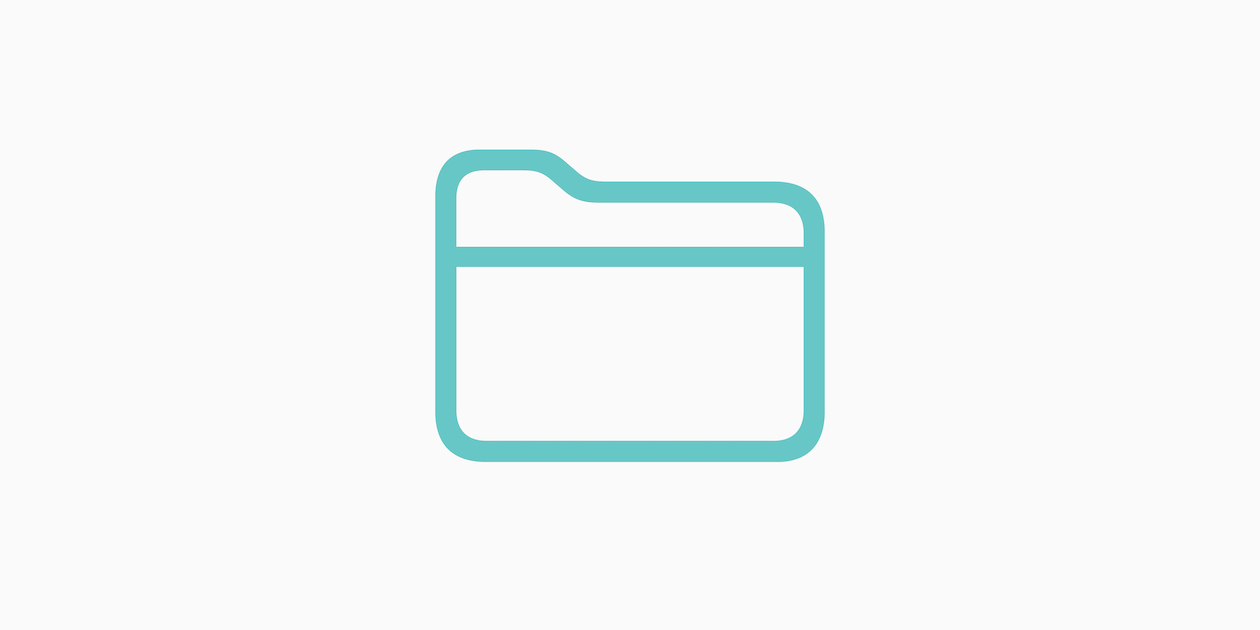

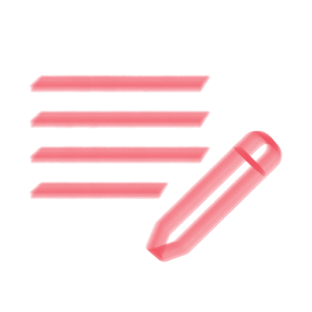
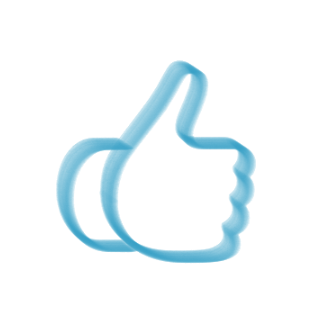
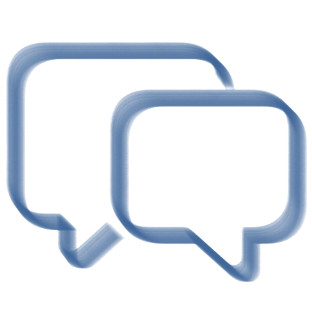

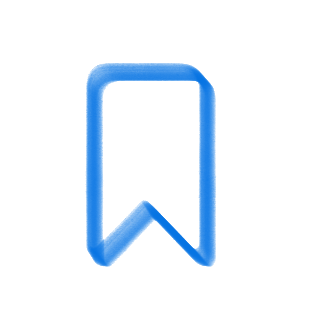

July 16, 2024 . English
English
Many easy and practical ideas, Kelly! We often forget how these basic apps can have huge impact!
This action is unavailable while under moderation.
This action is unavailable while under moderation.